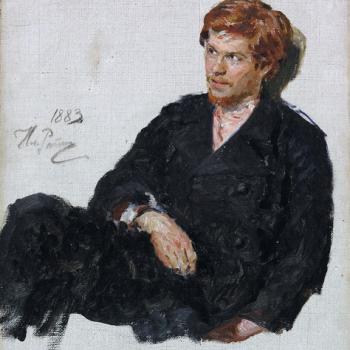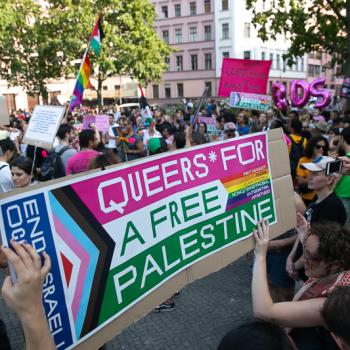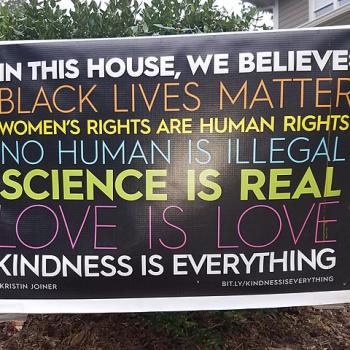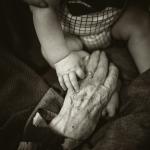We are told that personal identity is different from physical being, that some individuals feel like women, even though they have a male body. But we should treat them according to the way they “self-identify,” rather than according to their physical makeup. This way of thinking is being applied to sex and gender.
But another physical condition is race. What if someone feels black, even though he or she is white? By the same logic, shouldn’t that person be considered black? This is occasioned by the revelation that Rachel Dolezal, the head of NAACP in Spokane and a long-time black activist is, in fact, Caucasian. Shouldn’t she be considered black, if that is the way she self-identifies? Isn’t she, in fact, transracial? And, if so, shouldn’t we let black people self-identify as white? Maybe we could all agree to self-identify as a single race–say, Native American–so as to eliminate our racial problems.
This is the argument Carl Trueman and others are making, and it seems pretty unassailable, once one accepts the logic of transgenderism. Can you think of any other applications? Read about the case of Rachel Dolezal after the jump.
From Krissah Thompson, Passing-in-reverse: What does Rachel Dolezal tell us about race today? – The Washington Post:
Passing in this country has usually operated in one direction: black skin passing for white, marginalization traded for privilege, the burden of the minority cast off.
Until now. Enter Rachel Dolezal, 37, the head of the NAACP in Spokane, Wash., who seized headlines and set social media afire this week when relatives claimed that she is a white woman who has been passing as African American.
Her story was a head-scratcher for many, raising questions about the determination to self-identify when it comes to race. Is “passing-in-reverse” a thing? And what does Dolezal’s decision say about being white in modern America? Was whiteness the weight she cast off?
“In this society, people would prefer to be identified with the race that is least stigmatized,” says Derald Wing Sue, a professor of psychology and education at Columbia University, where he has studied racial identity. “It baffles everyone when it goes the other way.”
But it does not surprise Sue, who has studied the ways white Americans become sensitive to racial dynamics.
How does it happen? First, he says, they “awaken to the existence of racism in both themselves and their significant others. Then they begin to see the negative impact of racism.”
From there, some will decide to stand up against racism, but others will go further and “over-identify” with the marginalized group. “They want to be black,” Sue says. Which leads to a whole other set of problems, as Dolezal has discovered.
She has become an archetype of white guilt played to its end.
[Keep reading. . .]
















